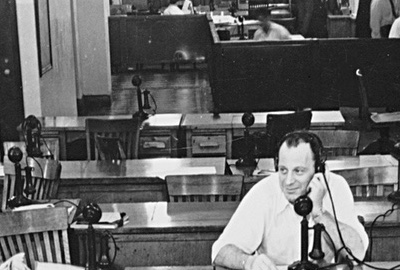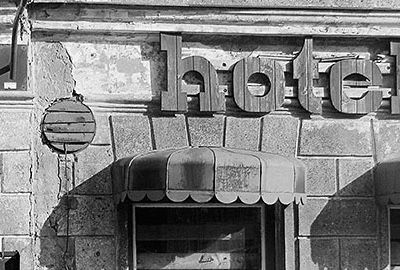 2022-05-08
2022-05-08

Wall Street Begins
- ArticlesandContent.com (CIRCA 2005)
- /
- Oct 8, 2021 (written 2005)
Wall Street’s history takes place in the tumultuous days of early America.
The history of Wall Street, which begins in the seventeenth century, includes religious persecution, freedom in a New World, settlement, slaves, a sudden switch of allegiance, and eventual gaining of the position as financial centre of the world. The story of the history of Wall Street is a tale of financial striving, loss, and gain. The history of Wall Street and its rise to greatness would not have happened as it did were it not for Jesse deForest’s need to get away from Belgium in the 1600s.
The history of Wall Street includes the persecuting arm of the Inquisition, which had reached its deadly fingers into the Walloon communities of Belgium. In response, families that could afford to send family members into the New World did so. Thus, it happened that Jesse deForest became the spokesperson and leader for a group of Walloon and Dutch families who wished to settle as a colony in the New World. In 1621, this group sought and received approval from Virginia to settle in that state. This offer was turned down because of the restrictions that would be placed on the group by Virginian authorities.
Instead, the deForest group went with the approval for settlement that they had received from the Dutch West Indies Company. In 1624, Jesse deForest and the group would move to New Netherland under Dutch control and settle into a colony called New Amsterdam. The settlement thrived and began to use black slaves when the keep of servants and labourers proved too costly. In 1653, a twelve-foot high stockade wall was built for keeping out invaders such as the British, New England, and Indians. However, this type of hostile attack did not happen.
The New Amsterdam colony had several governors in the years that followed. Peter Stuyvesant, the New Amsterdam governor in the 1660s, was an unpopular governor. He was so unpopular that when the British were at the gate because they wanted to take over the colony, the colony members could not be roused to defend their city. The takeover was not hostile, and New Amsterdam became New York under British control without much fuss, and life continued as usual in the prosperous colony.
In 1685, a street was built along the stockade wall. In 1709, community members petitioned the government for a market house, which was granted under the condition that the market house was to be built within two years. By 1711, it was law that Black and Indian slaves go to the market house when they did not have work to be either employed or found by their respective owners.
The market was lawfully designated in 1726 as a market house that sold only grain products. The slave market house became known as the Meal Market at this time. In 1739, a successful petition was made by William Cornell to fix and enlarge the market house. In 1762, a final petition was made to take the old slave market down because it obstructed the view for the rest of the neighbourhood, which had grown up around it. The market house was taken down. After the investment market started in 1790, the U. S. Government issued $80 million in bonds to cover its federal and state Revolutionary War debts. In 1792, the Buttonwood Agreement was formed when twenty-four merchants and brokers met and made an agreement to trade securities amongst themselves on a commission basis. The group was trading five securities, which were two bank stocks and three government bonds. The agreement got its name from the fact that the meeting took place under a buttonwood tree located at the foot of Wall Street.
The War of 1812 was a fruitful period for the securities market. Insurance securities were available in addition to the bank stock and government bonds. In 1817, rules for business were adopted and a Call for Market Procedure was implemented in which the president reads the stock list, and then in response, the brokers trade the stocks as they are read. There are morning and afternoon market calls. At this time, the New York Stock and Exchange Board is formally established, and the group rents a place at 40 Wall Street.
Wall Street’s history is filled with the excitement of the early days of colonization. The Wall Street area has been used for commerce for centuries. Now, as Wall Street continues to be a major financial centre to the world, it does not seem as though this aspect of the area will ever slow down. From its humble beginnings as a wooden market place along an old stockade wall, Wall Street has grown into a magnificent showplace that is fantastic enough to show to the rest of the world.
More From Business
 2022-05-08
2022-05-08
 2022-05-08
2022-05-08
Real Life Railroad Tycoons
 2022-05-08
2022-05-08
3 of the Most Famous Entrepreneurs
 2022-05-08
2022-05-08
History of Philanthropy
 2022-05-08
2022-05-08
Birth Of The Corporation
 2022-05-08
2022-05-08
What Was The Dot Com Bust?
 2022-05-08
2022-05-08
History Of American Business
 2022-05-08
2022-05-08
1929 Stock Market Crash
 2022-05-08
2022-05-08
A Few of the Most Famous CEOs
 2022-05-08
2022-05-08
Famous Career Changes
 2022-05-08
2022-05-08